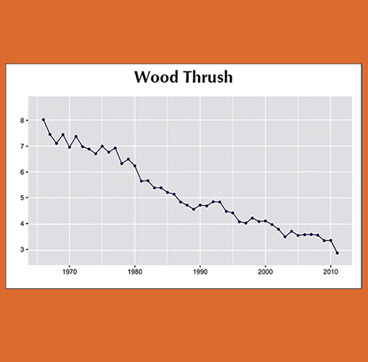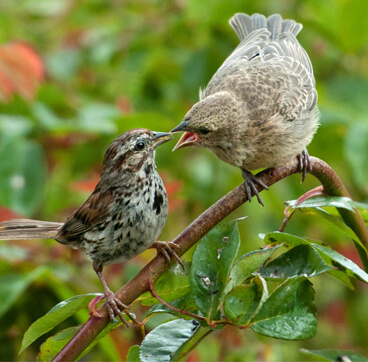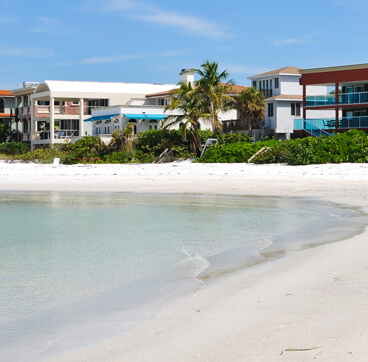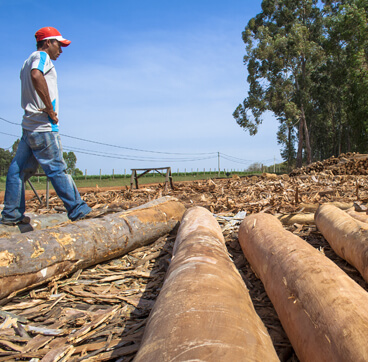More than one-third of the Americas' 340 migratory species are birds at risk, suffering measurable declines in population. What's behind these losses?
There is consensus, if inadequate data, that habitat loss is the greatest threat to birds. Habitat loss is accelerating in many breeding, wintering, and migration stopover sites, and this must be stemmed in critical places.
But if habitat loss is the key threat, how can some quality habitats lack their expected complement of birds? Other well-known threats are in play: Cats are the leading direct cause of bird mortality and make what is otherwise good habitat into wildlife “sinks.” Pesticides, glass, cell towers, and wind turbines each take a heavy toll.
To the south, other threats—often driven by poverty—put birds at risk. Species are hunted for food and trade, and forests are converted to agriculture and degraded for fuelwood. All of this is in addition to natural losses suffered by migratory birds due to predation, headwinds, and bad weather.

The Wood Thrush provides a window into the risks birds face on North American breeding grounds, Mexican and Central American wintering grounds, and at stopover sites in between. This species has declined almost 2 percent per year between 1966 and 2010 — a cumulative decline of 55 percent.

Forest habitat on the breeding grounds are increasingly lost to suburban development. Remaining forests are fragmented, making it easier for predators to find the birds and their nests.

Other species take advantage of the fragmented forest on the birds’ breeding grounds. Invasive plants gain a hold and replace native plants that supply food for birds.
Brown-headed Cowbirds more easily find and lay their eggs in Wood Thrush nests in forest fragments; the thrushes raise the cowbird chicks to the detriment of their own young. This photo shows a Song Sparrow feeding a Brown-headed Cowbird chick.

Wood Thrush nest and feed near the forest floor. As a result, they are among the birds most in danger of predation by an increasing number of free-roaming and feral cats. In the United States alone, outdoor cats kill approximately 2.4 billion birds every year.

Thrushes are frequent victims of collisions with glass. In a comprehensive 2014 study, the Wood Thrush was found to be especially likely to be killed by window collisions at residences.

Wood Thrush mortality is thought to be highest during migration. A study found that half of all Wood Thrush migrate south through Florida in fall; in spring approximately 73 percent fly north along the central U.S. Gulf Coast. (Conservation Biology, Feb. 2015) This new data helps identify important conservation areas.

In Mexico and Central America, intensive deforestation is eliminating wintering habitat for Wood Thrush and other migrants. Often, these forests are replaced by subsistence farming, ranching, or commercial agriculture. Read about Wood Thrushes’ connection with coffee farms.